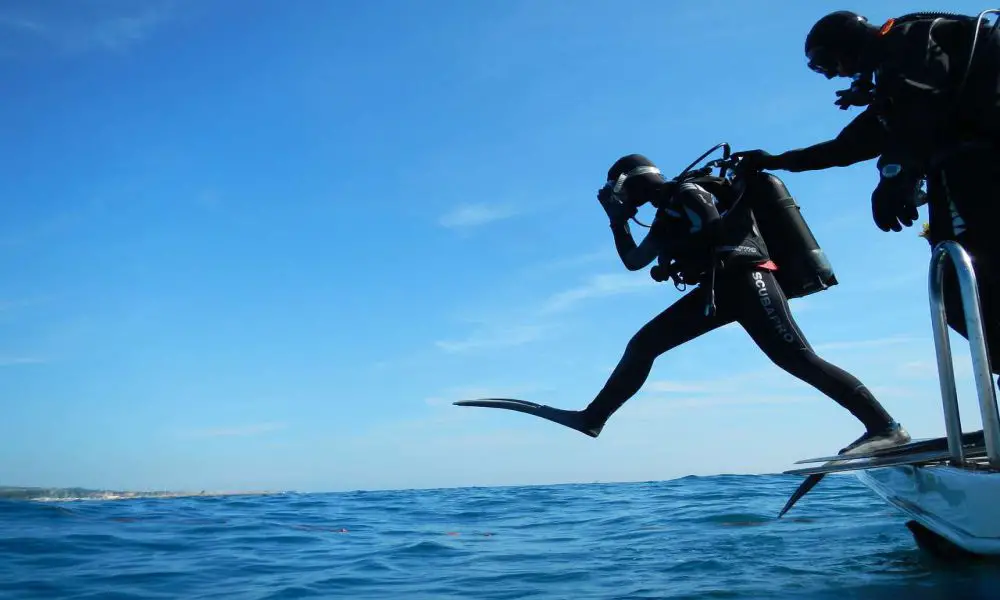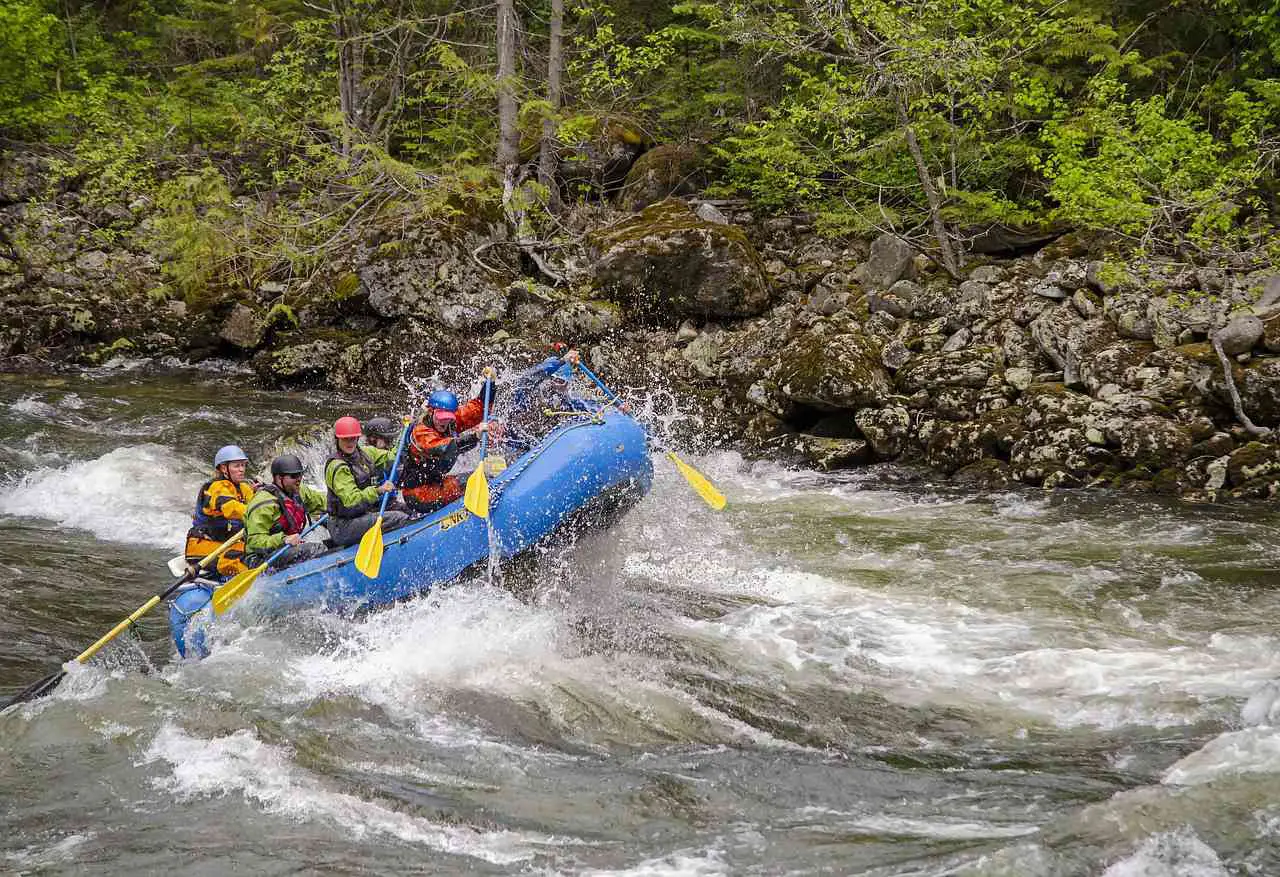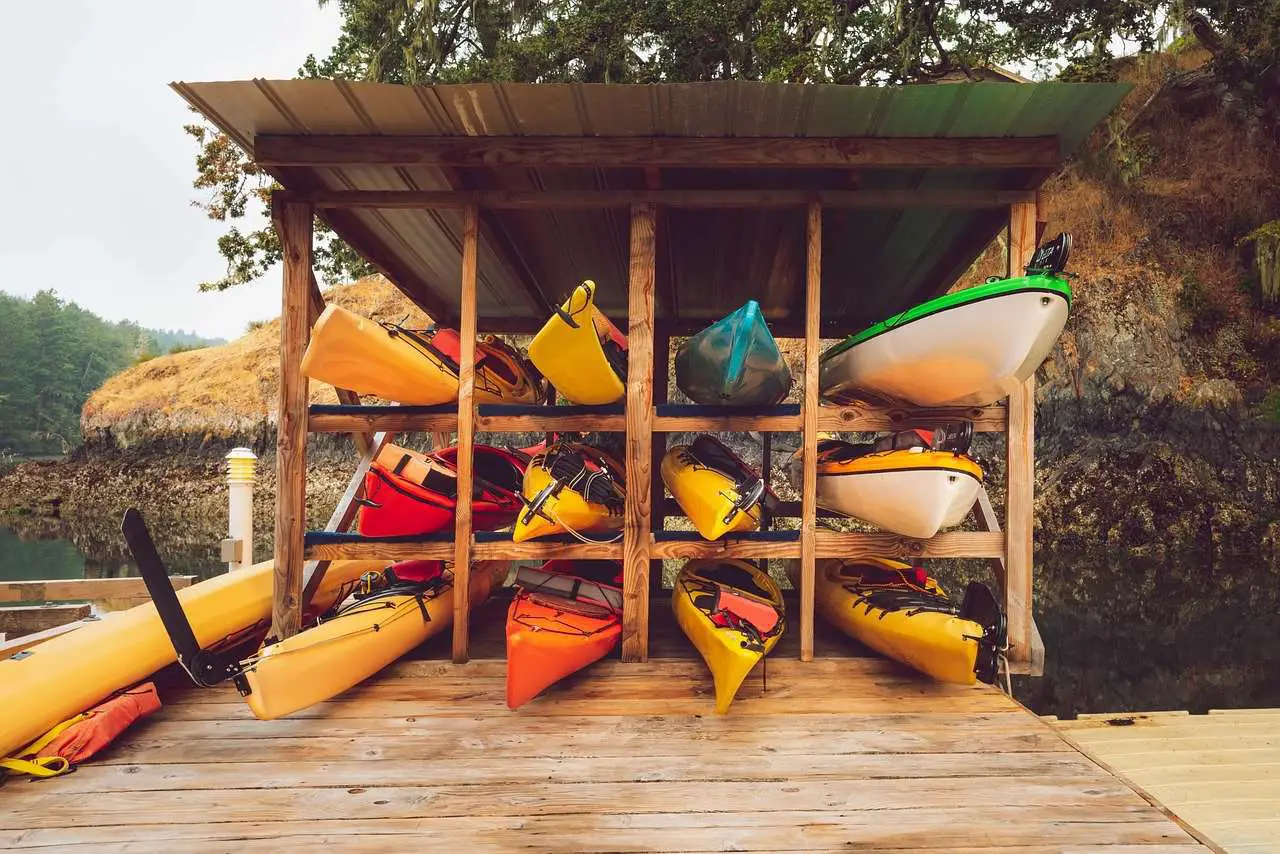So, you have decided to take the first step on your journey to Scuba Diving mastery. Congratulations!
But I bet you have a lot of questions. Trust me, most people do. Learning can be a confusing process, and without someone in the know to guide you, it can be hard to know where to start.
When I decided to take the plunge a few years ago, I had no idea where to go to learn, what equipment I needed to purchase or a lot of answers to my many questions. That’s why I have put together this comprehensive guide to Scuba Diving for beginners.
From PADI accreditation to preparing your equipment, here is everything you need to know about learning to Scuba:
Scuba Diving for Beginners
How to Become a Certified Scuba Diver?
The world of Diving is a popular one, but it is not government regulated. This means that you won’t have to sign any papers or request any permits to get started.
However, this does mean that you may need to become accredited before you hop into the ocean.
In other places, certification is not required. But getting it anyway is still a really good idea.
What is the best Scuba Certification?
You have a lot of options when choosing what lessons, you will take to become certified. However, your options will also be limited by your geographic location – or how far you are willing to travel.
In most places, your first choice should be to look up your nearest PADI location. PADI (the Professional Association of Diving Instructors) tutors are all trained to the same standard, no matter where they are located around the world.
PADI tutors teach a three-phase course that will take you from newbie to competent diver in only three short instalments. These courses are flexible and performance-based, which means you can progress as quickly (or as slowly) as you would like to.
How much do lessons cost?
Compared to other adventure sports, learning to scuba is among the cheapest available to the public. However, becoming accredited isn’t free. The price will also vary from location to location, so it’s worth doing your research ahead of time.
The three phases of becoming accredited, and their (average) prices, are:
Phase 1: Online Knowledge Development
Once you have located your nearest PADI Dive Shop, you will be able to enrol in the Knowledge Development online course.
This course will run you through the essential theory of Scuba Diving, featuring lectures, questionnaires, an instructor available to answer any questions you may have, and a final written exam at the end.
The online course will cost around $150 to complete and can easily be finished in a day.
Phase 2: Confined Water (Pool) Dives
Once you have passed the online knowledge development course, it is time to get into the water.
In the Confined Water Dives phase, you will spend a few days developing basic practical diving skills in a controlled environment. You will also learn how to choose, set up, and use all your gear.
This course will cost around $200 to complete.
Phase 3: Open Water Diver
By the end of phase 2, you will be ready to put your skills to the test in the open ocean.
In this final part of the accreditation process, you will complete four or five dives that will equip you with all the skills and understanding necessary to grab a buddy and go out alone.
To complete the Open Water Diver course, you must first demonstrate basic water skills, including:
- Being able to Swin 200 meters without stopping.
- Float and tread water for 10 minutes.
Your third certification, the open water training course, may also require a range of additional expenses to get to the physical location it takes place. After all, it requires access to the open ocean.
That could be $5 in gas to drive to the beach (if you’re lucky) or $500 to book a week-long trip. Your PADI Instructor can refer you to a PADI Instructor in another location if you will be expected to travel.
What Equipment do you need for Diving?
But when beginning to learn, we strongly recommend purchasing the essentials. Although it is possible to rent them on site, it is hard to overstate the benefits of always having gear you trust is well-fitting, comfortable, well-maintained, and reliable.
The three basic requirements are:
- Mask
- Snorkel
- Fins
Before embarking on phase 2 of your accreditation process, your PADI Instructor will help you choose the right gear.
Full Scuba Diving Equipment List
However, when you are earning your certification and beginning to dive for real, you are going to need the wide range of diving equipment available to you. Here’s a quick primer to the essential diving equipment:
- Wetsuit or Drysuit (Otherwise known as a Wetty, Steamer, Shorty, or Spring Suit)
- Weight System
- Buoyancy Control Device (BCD)
- Dive Computer/Dive Planner
- Scuba Tank
The correct equipment for each dive will vary from location to location, so for this reason, it is not recommended to purchase any of these for yourself. You will be able to rent these from dive sites around the world.
Finally, during the Open Water Diver course, you will get to grips with all of these, so don’t worry if they seem intimidating right now!
Guide to Using Scuba Masks for Beginners
The scuba mask is an essential item for any divers, from beginners to those with years of experience.
Here are a few of the most frequently asked questions about using masks from beginners.
How to Clear Scuba Mask Underwater?
Clearing your mask is also one of the most important skills any diver should know and can save them from sticky situations if their mask gets moved or knocked.
To do so, divers will need to use their nose to blow any water out of their mask while keeping the top seal secure.
It can be tricky, so here are a few tips to help you get the hang of it:
- Try practicing in the shallow part of the pool. Water in your mask is likely to cause you a bit of panic the first couple of times you experience it, so knowing you can easily reach the surface if anything goes wrong will help you keep your cool.
- Practice dipping your head in the water with your snorkel, but no mask. This will help your body trust that even without a mask you can still breathe.
How to Prevent Scuba Diving Mask Squeeze: What causes it?
‘Mask Squeeze’ is when the pressure increases outside your mask as you dive, squeezing the airspace inside your mask and causing discomfort or bruising.
To prevent it, simply use your nose to blow some air into your mask, equalising it with the pressure outside your mask. Some divers also use the Valsalva Manoeuvre to equalise the pressure around their head.
How to eliminate ‘Mask Fog’?
Mask Fog can be annoying, but also can be potentially dangerous if it seriously diminishes your vision mid-dive.
Here are a few ways to eliminate the risk of ‘Mask Fog’:
- Wash your mask with a pre-dive wash before you begin. Although many divers opt for a premium mask-care product, others simply use toothpaste as a pre-dive wash to prevent mask fog.
- Use a Defogger Solution. This is a liquid spray or serum which, when applied pre-dive, will ensure that your mask doesn’t fog up. Some also use Baby Shampoo as an alternative, which appears to work just as well.
Scuba Diving Depth for Beginners
For beginners, common diving depths will vary from 9 to 20 meters. However, as divers get more experienced, they can expect to progress to deeper and deeper dives.
Here are a few of the most frequently asked questions about diving depths, from beginners.
How Deep Can You Dive Before Being Crushed?
Divers cannot go as deep as they like without consequence. Deep dives put a lot of strain on the body, including potentially lasting organ damage. The biggest risk is being crushed by the increasing weight of water, which can put pressure on your lungs and make it impossible to breathe.
For this reason, advanced divers usually stop their dives at around 40 meters. Divers with the Phase 3 Basic Open Water certification can dive a maximum depth of 18 meters, whereas those with the Advanced Ocean Water certification go as far as 30 or 40 meters.
How Deep Can You Dive Without Decompression?
After you dive more than 6 meters (20 feet) underwater, it will become necessary to make decompression stops on the way back up.
Without making decompression stops, the body’s build-up of compressed nitrogen can cause decompression sickness.
Conclusion
Congratulations again on taking the first steps on your journey, I promise you that you have some great times ahead!
I hope you found this comprehensive guide enlightening and that your main questions have been answered. If not, remember: your instructor is there to answer all your questions as you learn, and there is no question not worth asking.






